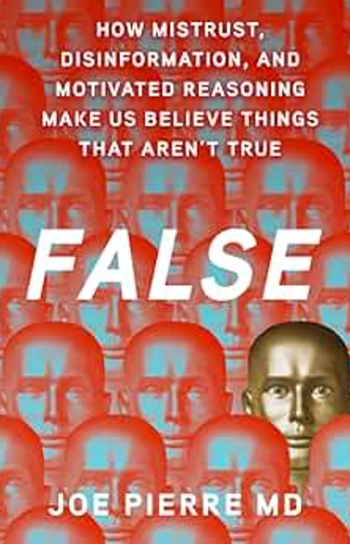
- Psychiatric Times Vol 28 No 1
- Volume 28
- Issue 1
Developmental Disabilities From Childhood to Adulthood:
What Works for Psychiatrists in Community and Institutional Settings
This book is a welcome addition to the library of any mental health professional working in the field of developmental disabilities. An increasing number of developmentally disabled individuals are living in the community in independent or semi-independent settings. Relatively fewer persons who are generally more functionally impaired reside in institutional settings.
Psychiatrists and other mental health professionals are increasingly involved in the multimodal treatments provided in both settings. Thus, a book that provides relevant information regarding assessment and treatment of persons with developmental disabilities, especially one that approaches this issue from a life span perspective, is greatly appreciated.
The editors have assembled relevant reviews of the broad topics important to any practicing mental health clinician. While the title clearly states that the book is written with psychiatrists in mind, any clinician can readily use information provid-ed in the book. Except for the chapter on psychopharmacology, the others broadly apply to anyone working in the field. All are well written and contain relevant information. Several stand out in both novelty and practicality.
The chapter on geropsychiatry, written by John de Figueiredo, covers a topic not often found in other texts. As correctly noted by de Figueiredo, the aging population of individuals with developmental disabilities is an underserved cohort. He also covers the topic of diagnostic overshadowing (attributing psychiatric symptoms to the developmental disorder rather than to an independent psychiatric disorder). Diagnostic overshadowing is a very real challenge to mental health clinicians who work with this population regardless of age, yet it can be especially salient to those who work in geropsychiatry. (Diagnostic overshadowing is also covered in the assessment chapter written by Stephanie Hamarman.)
The chapter on acquired brain injury is especially helpful. Gregory O’Shanick and Ronald Savage outline many strategies and interventions for teachers who work with students with acquired brain injuries.
In a chapter on special education laws, Robin Church and Derek Glaaser address issues relevant to the Americans with Disabilities Act as well as the Individuals with Disabilities Education Act. Church and Glaaser use case examples that highlight the inherent complexities of these laws. The ethical and legal issues chapter, written by Judith Levy and Maureen van Stone, also has case examples to discuss decision-making capacities of individuals in this population and ethical and legal issues that may arise.
In sum, Dryden-Edwards and Combrinck-Graham have edited a wonderful text relevant to those mental health professionals who work in the developmental disabilities field. While there is some redundancy between chapters, and it would have been nice to see more charts, tables, and graphs, my overall impression of this book is quite positive. In fact, my largest issue with the book is its title; this book is a great reference for all who work with this population, not just psychiatrists.
Articles in this issue
about 13 years ago
Atypical Depression in the 21st Century: Diagnostic and Treatment Issuesalmost 15 years ago
Asking the Right Questionalmost 15 years ago
Psychiatric Assessment and Treatment in Preschool Childrenalmost 15 years ago
The Neurobiology of Conscious Intentalmost 15 years ago
Is Major Depression “Adaptive”?almost 15 years ago
New Year’s Evealmost 15 years ago
NIMH Shifts Focus to Molecular Origins of Mental Illnessalmost 15 years ago
Electroconvulsive Therapy: The Second Most Controversial Medical Procedurealmost 15 years ago
The Link Between Substance Abuse, Violence, and Suicidealmost 15 years ago
Understanding and Overcoming the Myths of SuicideNewsletter
Receive trusted psychiatric news, expert analysis, and clinical insights — subscribe today to support your practice and your patients.

















